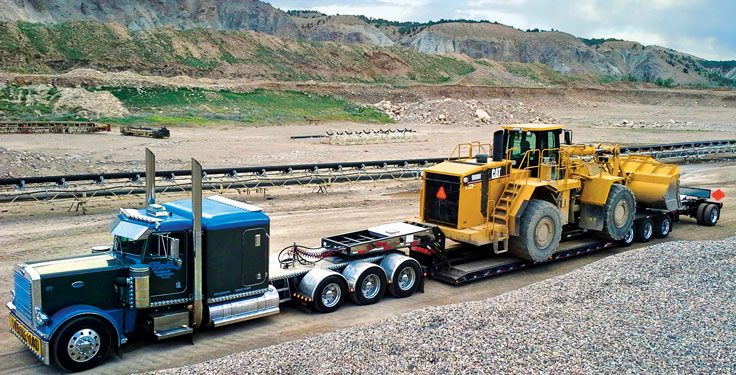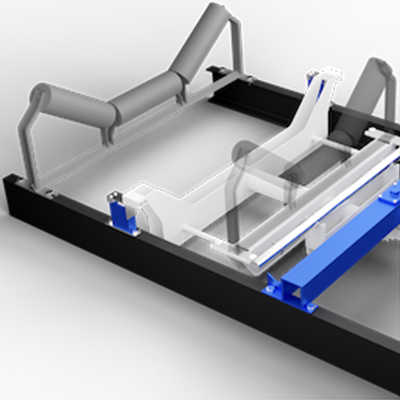
To an outsider, hauling might seem straightforward. Some might even say it’s easy.
Operators, fleet managers, dealers and manufacturers know better, though.
Hauling is a complicated process. Operators must consider the specifications of the intended load, the road conditions in their operating area and a variety of other factors up to and including which trailer will provide optimum safety and productivity.
As an operator, it might not be easy to know where to start. So, to get the wheels turning, here are some thoughts on a few of heavy-haul’s common questions.
How does capacity factor in?
In a perfect world, a 55-ton trailer would be capable of hauling any 55-ton load. But any veteran operator will tell you that’s just not the case.
There’s a list of factors that determine the capacity of a specific trailer. To select the safest and most effective trailer for a project, dealers and manufacturers will ask a lot of questions. Some might even have a detailed checklist that covers specific equipment measurements and optional features – all the way down to the desired spacing and quantity of d-rings.
When operators approach a dealer or manufacturer about a trailer, they usually have a specific haul in mind. However, unless it is meant to be a dedicated trailer, it is important to consider all loads the trailer might haul.
A 55-ton trailer can be used for a 35-ton haul, but the light load might mean it has a higher deck height than when it is fully loaded. Having the weight and dimensions of the largest intended load is vital, but it is also important to consider the specs of any mixed loads, backhauls or other pieces of equipment the trailer might haul.
Dealers and manufacturers also want to know if there are any unique requirements, such as equipment that needs special reinforcements or has a low clearance that might interfere with loading.
Consider, too, there are five key components calculated in a trailer’s capacity rating: size and weight of construction materials, the overall weight the trailer can carry, the area of deck that weight can safely be carried in, optimal travel speed, and the safety factor.
Working with a reliable manufacturer often provides the best capacity rating, but operators should be aware of how individual manufacturers determine their capacity rating, because there is no industry-set or government-mandated system in place.
Load concentration is a key area of difference between manufacturers. It’s not enough to know a 55-ton lowbed can carry 55 tons. Informed operators also know how much of the deck can handle that weight based on the manufacturer’s capacity rating.
While some trailers will need the entire deck length to haul 55 tons safely, a trailer from another manufacturer might only need half the deck length for the same weight. Having a trailer rated in half-deck capacity gives operators a more realistic indication of what the trailer will handle safely and without structural failure.
Although load concentration is the most evident differentiation, speed and overall safety ratings also put industry-leading manufacturers in a class above. Trailers from these manufacturers might be rated at 65 mph rather than 55. They might also offer a 2.5-to-1 safety factor – well above the minimum 1.8-to-1 ratio that leaves no cushion for adverse road conditions.
Which specialty features are important?

When looking at the price tags, it’s common for operators to ask what added value makes a top-tier manufacturer’s trailer worth the cost over other models.
Depending on the intended use, certain specialty features – like a hydraulic beaver tail or an in-deck winch – may be unnecessary. Others are vital for safety, durability and productivity.
When evaluating the added value of specialty features, start with the basic materials. Industry-leading manufacturers use high-quality materials like steel with 100,000-psi minimum yield, which allows the most capacity with the smallest impact on trailer weight.
These manufacturers also use apitong decking to provide the toughest, longest-lasting decks. Tightly woven and incredibly dense, this South Asian wood is less susceptible to chipping and cracking and provides more traction than metal. These features come with a higher price tag but pay for themselves in increased efficiency and durability.











